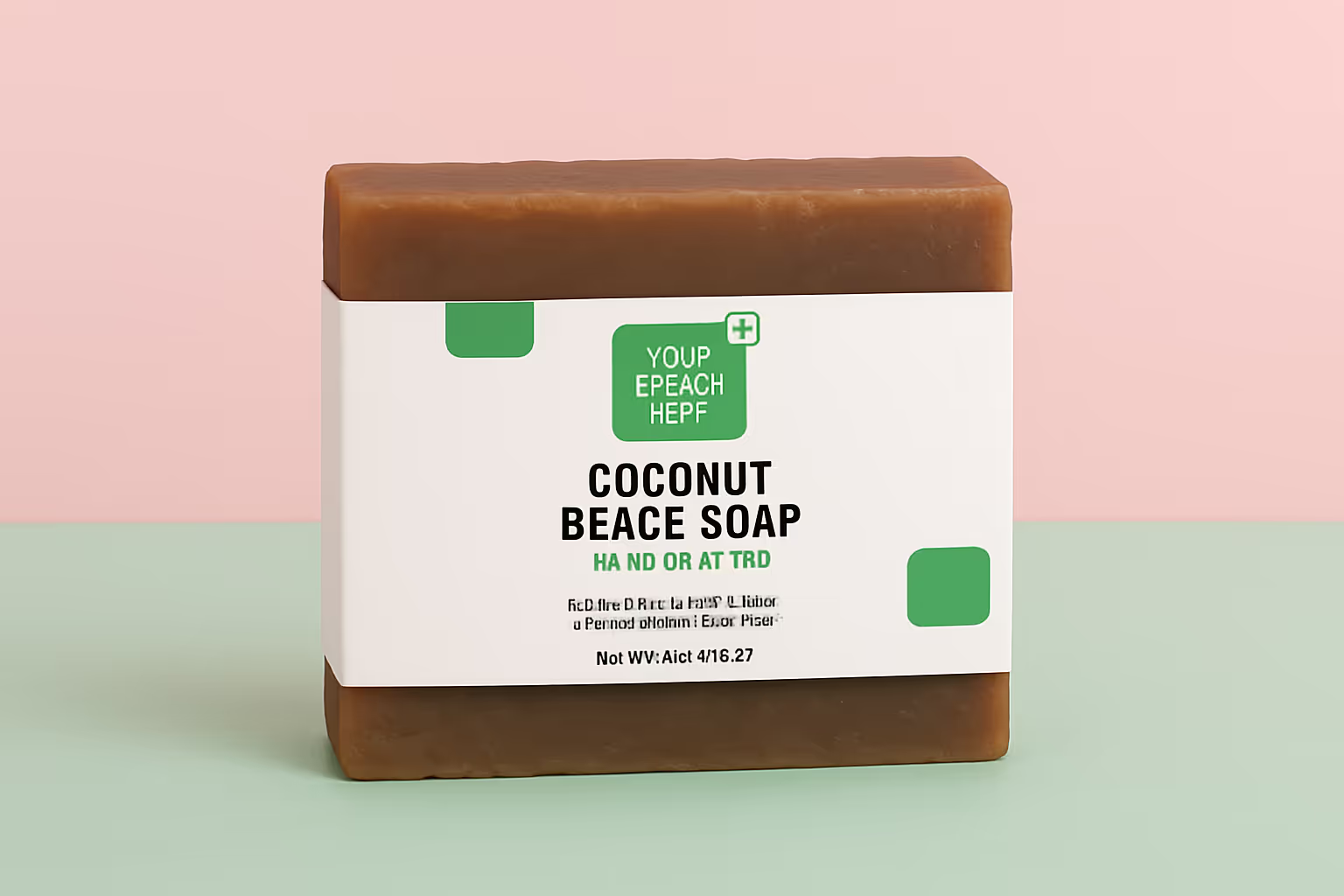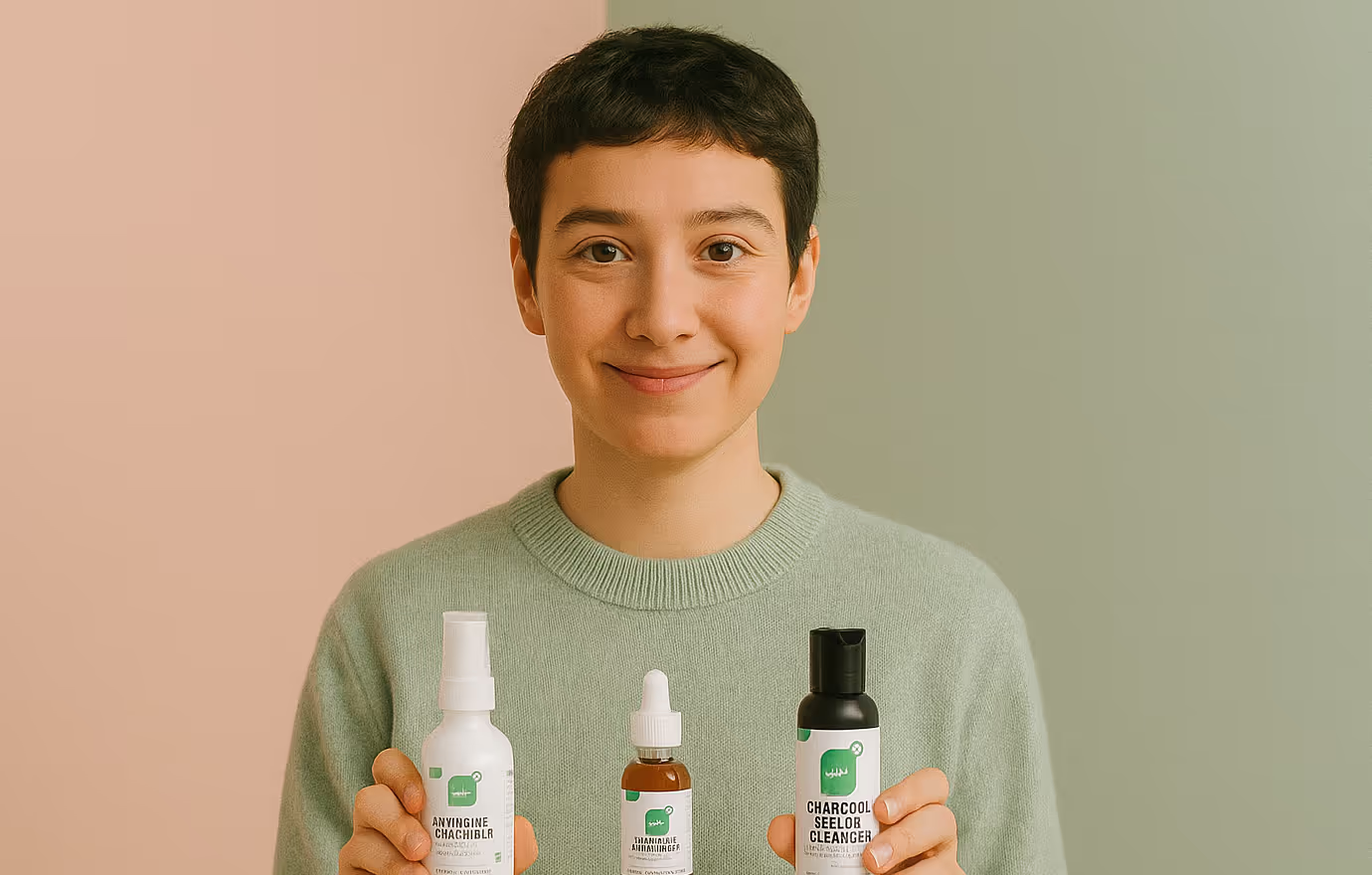How to Use Retargeting Ads to Increase Online Sales? Effective Campaigns

The vast majority of first-time visitors to your online store will leave without making a purchase. Studies show that the average ecommerce conversion rate ranges from just 2% to 3%, meaning up to 98% of your website traffic may disappear without buying anything.
This is where strategic remarketing comes in. Learning the ins and outs of using retargeting ads to increase online sales can make a significant impact on your bottom line by bringing back lost visitors and guiding them toward conversion.
Retargeting ads provide a powerful solution to reconnect with these potential customers, bringing them back to complete their purchase and significantly increasing your online sales.
Setting Up Your First Retargeting Campaign to Increase Online Sales
Creating effective retargeting campaigns requires proper setup and strategic implementation across multiple platforms. Here's how to get started:
Installing Tracking Pixels
Before running any retargeting ads, you need to place tracking pixels on your dropshipping website:
- Facebook Pixel: Add this to your site to track user behavior and create custom audiences for Facebook and Instagram retargeting.
- Google Tag Manager: Implement this container to easily manage various tracking codes, including Google Ads and Analytics.
- Platform-Specific Pixels: Most advertising platforms (TikTok, Pinterest, LinkedIn) offer their tracking pixels.
Segmenting Your Audience
Not all website visitors are equal. Breaking your audience into specific segments allows for more personalized and effective retargeting:
By Behavior
- Cart abandoners (highest priority)
- Product page viewers
- Category browsers
- Blog readers

By Time Frame
- Recent visitors (1-3 days)
- Medium-term visitors (4-14 days)
- Longer-term visitors (15-30 days)
- Past customers (for cross-selling)
By Traffic Source
- Organic search visitors
- Social media traffic
- Email campaign clicks
- Paid ad clicks
Choosing the Right Platforms
Each retargeting platform offers unique advantages:
- Google Display Network: Reaches users across millions of websites, apps, and Google properties with various ad formats.
- Facebook & Instagram: Provides highly visual retargeting with detailed targeting options and massive reach.
- YouTube: Ideal for video retargeting to reinforce your message with engaging content.
- TikTok: A growing platform with strong performance for brands targeting younger demographics and effective marketing.
Pro tip: Don't spread your budget too thin across all platforms. Start with the platform where your initial traffic came from, then expand to 1-2 additional channels based on your audience demographics.
Crafting High-Converting Retargeting Ad Creative
The creative elements of your retargeting ads significantly impact conversion rates. Here's how to design ads that bring visitors back:
Product-Specific vs. Brand Awareness Ads
For visitors who viewed specific products, show them the exact items they browsed with product-specific ads. For more general site visitors, focus on brand awareness ads that highlight your unique value proposition.
Effective Copy Elements
- Address objections: "Free shipping on all orders over $50"
- Create urgency: "Limited stock remaining"
- Offer incentives: "Return and save 10% with code COMEBACK"
- Ask questions: "Still thinking about your cart items?"
Visual Design Best Practices
- Use high-quality product images from multiple angles
- Incorporate user-generated content when possible
- Ensure consistent branding across all retargeting ads
- A/B test different visual approaches (product-focused vs. lifestyle)

Advanced Retargeting Strategies That Drive Results
Once you've mastered the basics, these advanced strategies can take your retargeting efforts to the next level:
Sequential Retargeting
Instead of showing the same ads repeatedly, sequential retargeting delivers a progressive series of messages based on time passed and previous interactions:
- Day 1-3: Reminder ads featuring products viewed
- Days 4-7: Ads addressing common objections
- Day 8-14: Promotional offer or discount
- Day 15+: Brand value proposition or social proof
Cross-Channel Retargeting
Coordinate your retargeting across multiple platforms to create an omnipresent brand experience:
- Start with social media retargeting, where engagement is highest
- Add display network ads to increase frequency
- Include email retargeting for cart abandonment
- Consider retargeted video ads for a deeper brand connection
Exclusion Strategies
Properly excluding certain audiences is just as important as targeting others:
- Remove recent purchasers (for at least 7 days)
- Create suppression lists for irrelevant segments
- Implement frequency caps to prevent ad fatigue
- Exclude long-term non-converters after 30-60 days
Effective cross-selling and upselling through retargeting can dramatically increase average order value. Discover proven upselling and cross-selling techniques that pair perfectly with retargeting strategies.
Optimizing Retargeting Campaigns for Maximum ROI
Ongoing optimization is essential for maintaining high-performing retargeting campaigns:
Key Metrics to Monitor
- Click-through rate (CTR): Measures ad relevance and appeal
- Conversion rate: Shows effectiveness at driving actions
- Cost per acquisition (CPA): Reveals overall efficiency
- Return on ad spend (ROAS): Indicates profitability
- View-through conversions: Captures indirect impact
Testing Framework
Implement a systematic testing approach:
- Test one element at a time (creative, audience, offer, etc.)
- Run tests for at least 7 days or 1,000 impressions
- Allocate 20% of the budget to experimental campaigns
- Document all test results for future reference
Budget Allocation

Distribute your retargeting budget strategically:
- 40-50% of cart abandoners and high-intent visitors
- 30-40% of the product page viewers
- 10-20% to general site visitors
- 5-10% to past customers for repeat purchases
Avoiding Common Retargeting Pitfalls
Even experienced marketers make these retargeting mistakes:
Frequency Issues
Showing ads too frequently leads to ad fatigue and brand resentment. Implement frequency caps to limit exposure:
- 2-3 impressions per day maximum
- 15-20 impressions per week
- Consider diminishing the frequency after 7-10 days
Privacy Compliance
With increasing privacy regulations, ensure your retargeting is compliant:
- Include clear privacy policies
- Implement proper cookie consent mechanisms
- Stay updated on platform-specific privacy changes
- Prepare for the continued phase-out of third-party cookies
Messaging Missteps
- Avoid generic messaging that fails to acknowledge previous interest
- Don't be overly aggressive or presumptuous about intent
- Ensure landing pages match the ad messaging precisely
- Watch for creative fatigue and refresh ads regularly
Creating a private label product line can provide unique advantages for your retargeting campaigns, allowing you to promote exclusive products with higher margins.

Measuring and Scaling Successful Retargeting
Knowing what works is key to growing your retargeting efforts. Here’s how to measure success and scale what drives real results.
Attribution Challenges
Retargeting attribution can be complex due to:
- View-through conversions vs. click-through conversions
- Multi-touch customer journeys
- Cross-device tracking limitations
- Look back window considerations
Use multi-touch attribution models and incrementality testing to get a more accurate picture of retargeting's true impact.
Scaling Strategies
When retargeting campaigns prove successful:
- Gradually expand audience timeframes (from 30 to 60 or 90 days)
- Test similar audiences or lookalike audiences based on converters
- Increase budget allocations gradually (15-20% increments)
- Explore additional retargeting platforms and ad formats
Integration with Full-Funnel Marketing
Retargeting works best as part of a comprehensive marketing strategy:
- Use cold traffic campaigns to fill your retargeting funnel
- Coordinate messaging across awareness, consideration, and conversion stages
- Integrate email marketing with ad retargeting for reinforcement
- Consider offline retargeting for omnichannel businesses
Insider’s Insight: Use Time Decay Bidding to Boost Retargeting ROI
Most marketers adjust creative and audience targeting, but few use time decay bidding, a strategy that increases efficiency by aligning ad spend with user intent based on visit recency.
Bid more aggressively on users who visited in the last 1–3 days, when purchase intent is highest, then gradually reduce bids for older segments (7–14+ days). Platforms like Google Ads and Meta allow custom bidding rules for this purpose.
This method helps maximize ROI by spending more on high-converting visitors and less on colder traffic, something static retargeting setups often miss. Pair it with sequential messaging for even stronger results.
Turning Lost Visitors Into Loyal Customers
Retargeting is one of the most cost-effective ways to increase online sales. By reconnecting with visitors who’ve already shown interest, you can significantly boost conversion rates and make the most of your existing traffic.
Start with a focused campaign targeting cart abandoners and high-intent visitors. As results come in, gradually expand to other segments and platforms to scale your efforts.
Effective retargeting isn’t about repetition; it’s about relevance. Provide value, address objections, and give shoppers a reason to come back and buy.
FAQ
Related blogs

Influencer Pricing Calculator: Find Your Fair Rate for Posts, Reels & Stories
.avif)
How To Market Pet Products Through Storytelling: Win Attention, Build Trust, and Boost Sales Naturally
.avif)
How To Market Coffee To Gen Z: The High-Impact Blueprint Every Brand Needs
.avif)

